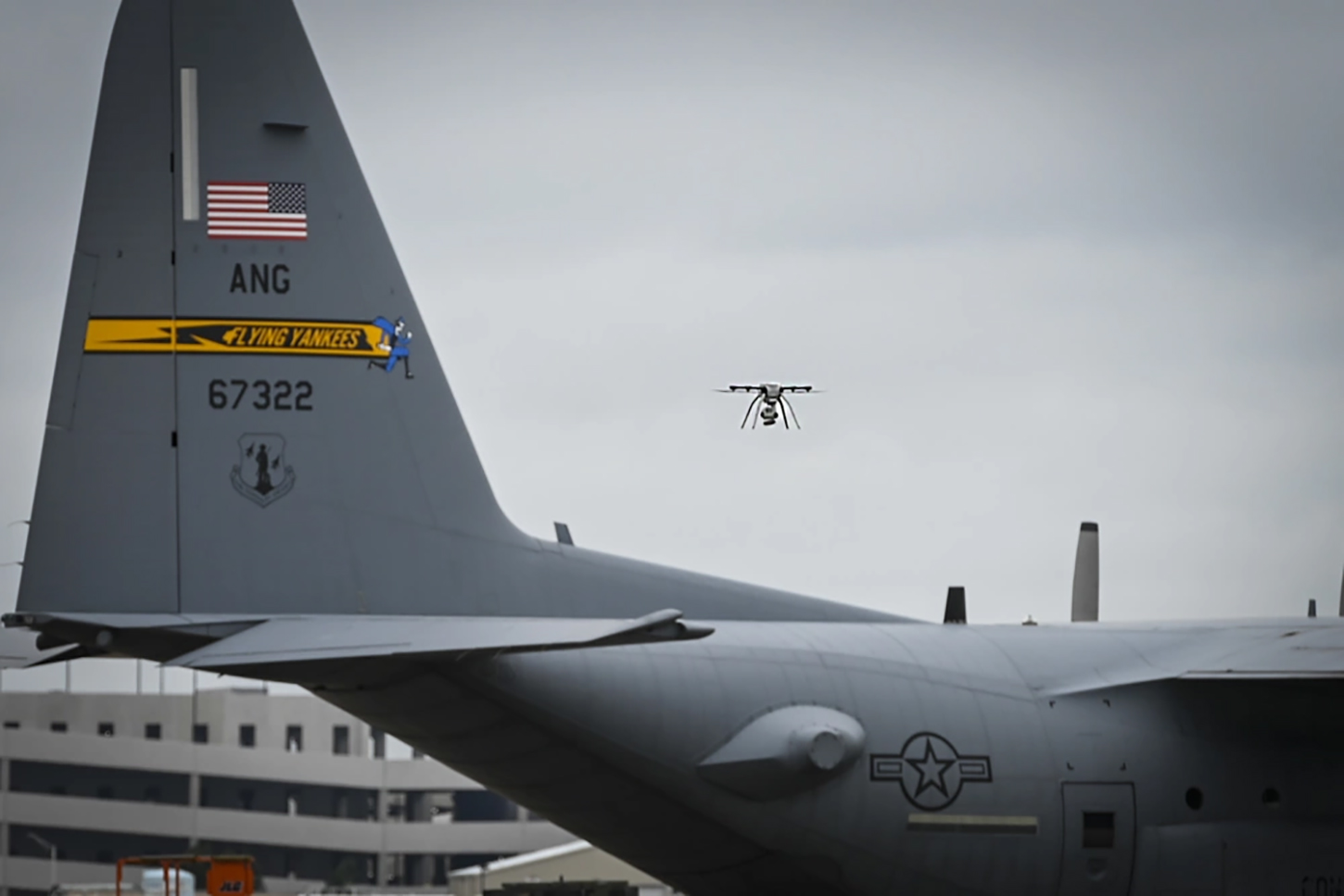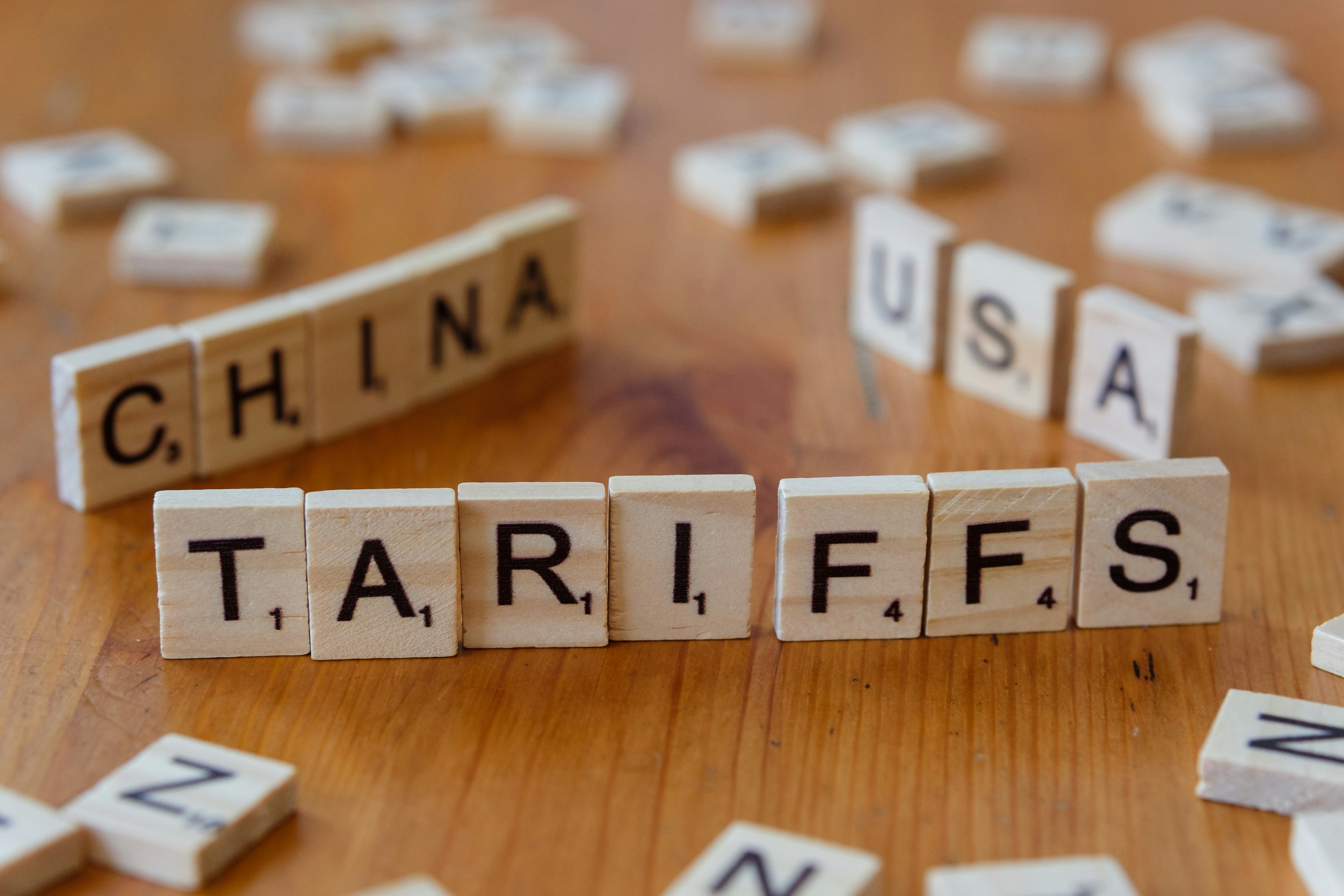Leak: Air Guard key to drone operations
In recent years, the Air National Guard has played a critical role in drone operations including US intelligence gathering and drone-strike efforts, according to military data reviewed by The Wall Street Journal.

The Guard, which was once considered a "strategic reserve," has evolved to become an essential component of the US Air Force, working closely with active-duty and reserve personnel on key missions.
The recent leak of classified documents in the US has shed light on the Air National Guard's massive role in the United States Air Force's drone strikes and intelligence-gathering efforts. The leak revealed that a member of the Air National Guard was arrested in connection with the unauthorized disclosure of classified information related to US intelligence-gathering efforts in Ukraine.
The Air National Guard, at the center of an investigation into the leak of highly classified documents, has moved over two decades to the forefront of military operations https://t.co/hcETN4vkN2
— The Wall Street Journal (@WSJ) May 1, 2023
The case highlights the importance of the Air National Guard in US military drone operations and its critical role in processing and analyzing data from reconnaissance aircraft and unmanned drones.
The Air National Guard’s roots trace back to 1910 when members from New York raised money to buy the organization’s first airplane, which crashed on take-off later that year.
After World War I, the Guard flew regularly, and its aviators were dispersed throughout active-duty units during World War II. However, the military cutbacks that followed the end of the Cold War and the wars in Iraq and Afghanistan pushed thousands of Air Guard members to the forefront of US military operations.
The Guard carried out many of the airlifts and refueling missions that enabled the active-duty forces to operate in Afghanistan and the Middle East. “They’re an integral part of flying our manned aircraft and unmanned aerial vehicle assets,” said David Deptula, dean of the Mitchell Institute for Aerospace Studies and a retired Air Force lieutenant general who oversaw the intelligence mission.
The use of drone operations which could be flown from bases thousands of miles away, came together with the military’s growing ability to transmit massive amounts of data from the drones’ cameras and sensors to bases in the US.
Some of that data also came from reconnaissance aircraft, including U-2 spy planes. The work of turning that data into “actionable intelligence” to monitor enemy movements, carry out strikes, and identify civilians in the area was often done at bases in the U.S., including Air National Guard units.
“In drone operations, it is very important to gather intelligence before you go after a particular target,” said Leon Panetta, head of the CIA and defense secretary under President Barack Obama.
As the demand for drone pilots and intelligence analysis increased, some of the Air Guard’s planes were mothballed, trained pilots made the transition to drones, and other Air Guard personnel shifted to intelligence work.
In 2000, the Air National Guard had one intelligence squadron. Today it has dozens, and they have become keystones in the service’s global combat operations.
Despite the Air Guard’s close ties with the active-duty Air Force, the National Guard Bureau oversees the Air National Guard and the Army National Guard. The Air Guard also maintains squadrons to defend the US homeland from air attacks and is involved in classified cybersecurity programs and operations in space.
In 2012, the National Guard Bureau’s top officer was elevated to four stars and became a member of the Joint Chiefs of Staff, cementing the Air National Guard’s status as a Pentagon powerhouse.
Air Force Lt. Gen. Marc Sasseville, vice chief of the National Guard Bureau, said that the branch has evolved from a force many called a “strategic reserve” to one that works closely with the active-duty and reserve Air Force personnel on key missions.
The Air National Guard’s role in maintaining global security cannot be overstated, as the recent leak case has highlighted. As the US military continues to face new and complex challenges, the Air Guard’s expertise in intelligence gathering and drone operations will undoubtedly continue to be critical to its success.



.avif)
.jpg)


Conversation